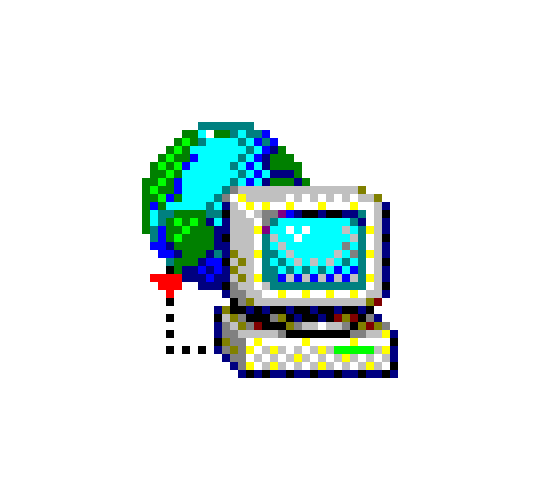
From its beginnings as a work of information sharing and collaboration, the web has gone on to keep those purposes at its heart. As a flexible tool and information service, it has been shaped by those that use it, while others have harnessed it for their own needs.After its conception, the web evolved. People often refer to those different stages of development as iterations one and two, and version three is anticipated. However, others view these alternative ways of using it, meaning they can overlap but also expand. The web’s evolution has relied on technology but also on how users interact with it. For it to advance or evolve, we need the capability to make it happen, such as the protocols required to create the internet. However, we also need the idea, for example, Tim Berners-Lee conceiving of a way to access data and then making it a reality. While Berners-Lee might have first described websites as places to access data, he later went on to talk about the Semantic Web, which was his dream of how it could evolve and be used. We have the concept, and the technology is catching up, which is why many anticipate the emergence of web 3.0 in the near future. Let’s look at the three iterations of the web to understand where it started, what we experience now, and how that could transform in the coming years.